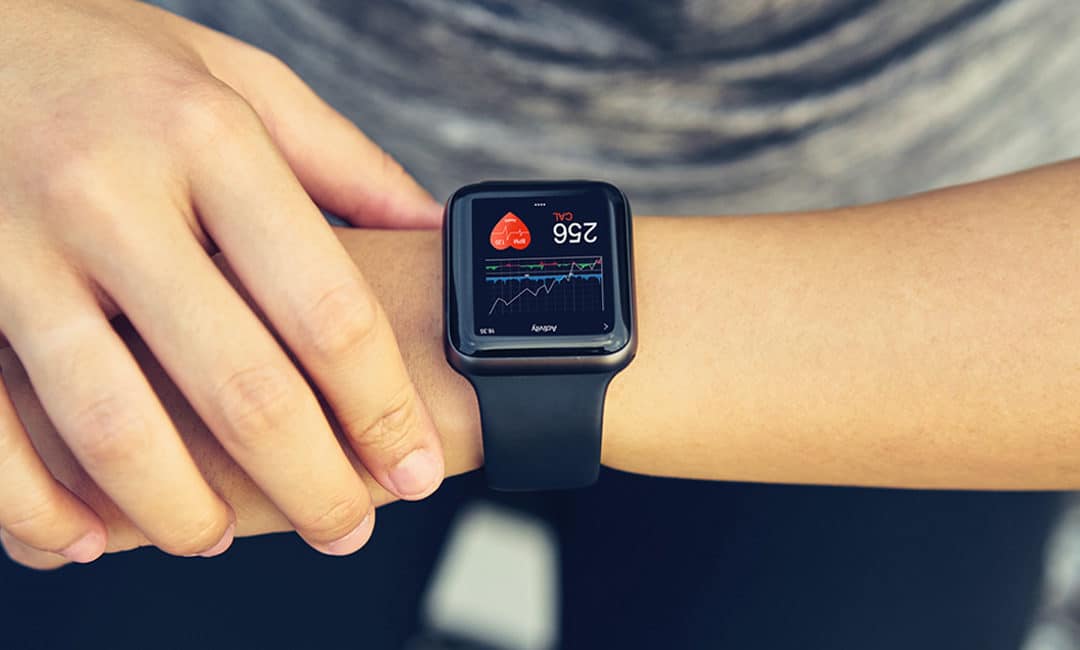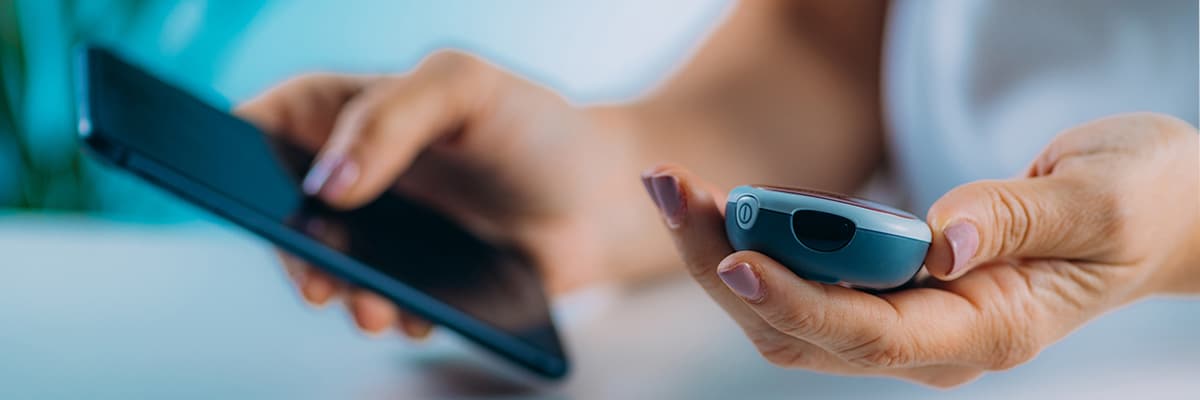
Wearables and Virtual Care: Engaging Patients, Improving Outcomes
When Congress passed its 2018 bill expanding Medicare coverage to include telehealth and remote patient monitoring (RPM), options for delivery of patient care expanded. The government and insurance approval set the stage: clinicians could now offer virtual care via RPM and telehealth. It was officially a viable, safe, and effective alternative to traditional services and wearable technology is at the forefront of this healthcare industry change.
The onset of the COVID-19 pandemic early in 2020 further spurred adoption of RPM and telehealth. It became the primary solution for delivering care outside typical brick and mortar offices. Telehealth became the answer to the question: how can we protect the health of our nation’s population?
With government, insurance, and patients on board, we are well on our way to widespread implementation of these technologies. A 2019 study conducted by the Consumer Technology Association (CTA) found that 68% of physicians strongly intended to use RPM. Now is the time for the remaining 32% to fully understand the positive impact that remote access to real-time data can have, specifically as it pertains to overall wellness, behavior change, and the treatment of both acute and chronic illnesses.
Consumers Like Wearable Technologies – Apple Health. Google Fit. Samsung Health.
While wearables come from many brands and in many forms, most people rely on at least one of these platforms to help them interpret the data their digital coach offers. More than one in four Americans currently use at least one wearable device. According to IDC, wrist-worn wearables are projected to increase to 105.3 million units by 2023.
These growing numbers demonstrate that consumers increasingly have a keen interest in taking some level of personal responsibility for their health. Clinicians have found that patient engagement is a critical component in meeting clinical goals and improved health outcomes.
According to the World Health Organization, 60% of factors related to individual health and quality of life are correlated to lifestyle choices. When medical professionals take advantage of technologies already adopted by their patients, they encourage positive habits and provide the feedback necessary for best results.
The combination of wearable devices and doctor/patient engagement has numerous benefits, including:
- Correctly taking prescriptions
- Getting enough exercise
- Reducing stress
If people, then, are interested in being more involved, how can physicians better leverage this opportunity? How can they encourage these benefits for patients who are high risk due to acute or chronic illness?
It’s become a simple answer: incorporate RPM to promote proactive medical care, accessing real-time data and intervening when necessary, based on changes/declines in patient’s vitals and other physiologic metrics.
Impacting Crucial Metrics
Remote patient monitoring (RPM) is shown to impact numerous factors, from curtailing recurrent rehospitalizations to better patient/provider care coordination. The holy grail, of course, is improving patient outcomes and reducing costs of care, while balancing workflow efficiency. All this can happen with the application of affordable RPM and telehealth technology.

- Outpatient services is easily expanded. This is good news for all, but especially for underserved populations and patients in rural areas.
- Reducing hospitalizations and hospital stays is one of the biggest demonstrable effects. A University of Pittsburgh study from 2020 indicated a 76% reduction in readmissions when RPM is utilized.
- Improved patient outcomes are seen in more than 49% of those using this technology to manage health, according to the University of Pittsburgh study.
- Reduced costs of care are reported by many independent studies, which specifically show a net savings of over $5k per patient per year for cardiac patients.
- Improved compliance is near the top of the list of benefits for both critically and chronically ill patients. Clinical goals are met and conditions improve.
- Patients more engaged in their health tend to remain healthier. Patient knowledge can result in fewer invasive procedures, fewer missed appointments, and authentic discussions on care options – all of which lead to better clinical outcomes.
Make It Easy To Implement, Easier To Measure
As with all science, measurement is the only way to improve. But it’s more than having a watch that tells you things about your health. Patients benefit from clinicians who can connect with them about their daily wellness monitoring. They also benefit from the capability to pair with medical devices which leads to disease management and recovery. The key is to simplify the implementation for both physicians and patients.
A recent addition to the DocsInk platform for example, provides the ability for clinicians to synch with over 200 wearables. This kind of accessibility takes the pressure off care givers and office managers. It also aligns the devices patients have already invested in with the platform used in the office. Giving patients the flexibility to use the device of their choice makes them more likely to remain engaged in its use.
In addition, when clinicians need to write an order for specific RPM devices to manage disease process(es), DocsInk connects to countless wearable devices to provide real-time data, notifications and alerts to promote best outcomes.
Many physicians have historically been concerned about what to do with all this data. How do they begin to sort through all the information to get to insights about the direction of patients’ health? DocsInk research found the best approach is to customize the information being analyzed. Then, deliver only the specific information requested back to each clinician. That data then alerts the appropriate clinical team member to initiate patient touch points and interventions.
While devices can monitor everything from respiratory rate, oxygen levels, pulse, blood pressure, body temperature and more, we understand that every patient and each provider that cares for them are different. That’s where DocsInk shines.

Now Is The Right Time
When the pharmaceutical industry began its meteoric rise in the 1950s and 1960s, the populations began searching for the next pill that would make them feel better. Today’s patient relies on technology more than pills as they proactively participate in their own health.
This monumental shift in how consumers approach health management results in an entirely new class of healthcare consumers who expect to be able to solve care problems without an in-person appointment. Patients, now more than ever, look for the option of remote care as they choose their medical providers.
Now is the time to take advantage of new approaches. Advancements in this field had been on the sensor technology in consumer products, but now there are technologies that provide improved ROI for the medical industry, in addition to providing better patient care.
Now is the time to implement RPM. The groundwork is laid with more than 284 million internet users in the USA – and that climbs daily with pandemic-inspired rural broadband implementation. Factors like global physician shortages and the evolving healthcare policy landscape should inspire pursuit.
Increase patient engagement. Reduce costs. Maximize efficiency. Improve health outcomes.
Click Here to learn more about DocsInk’s RPM solution
Recent Comments